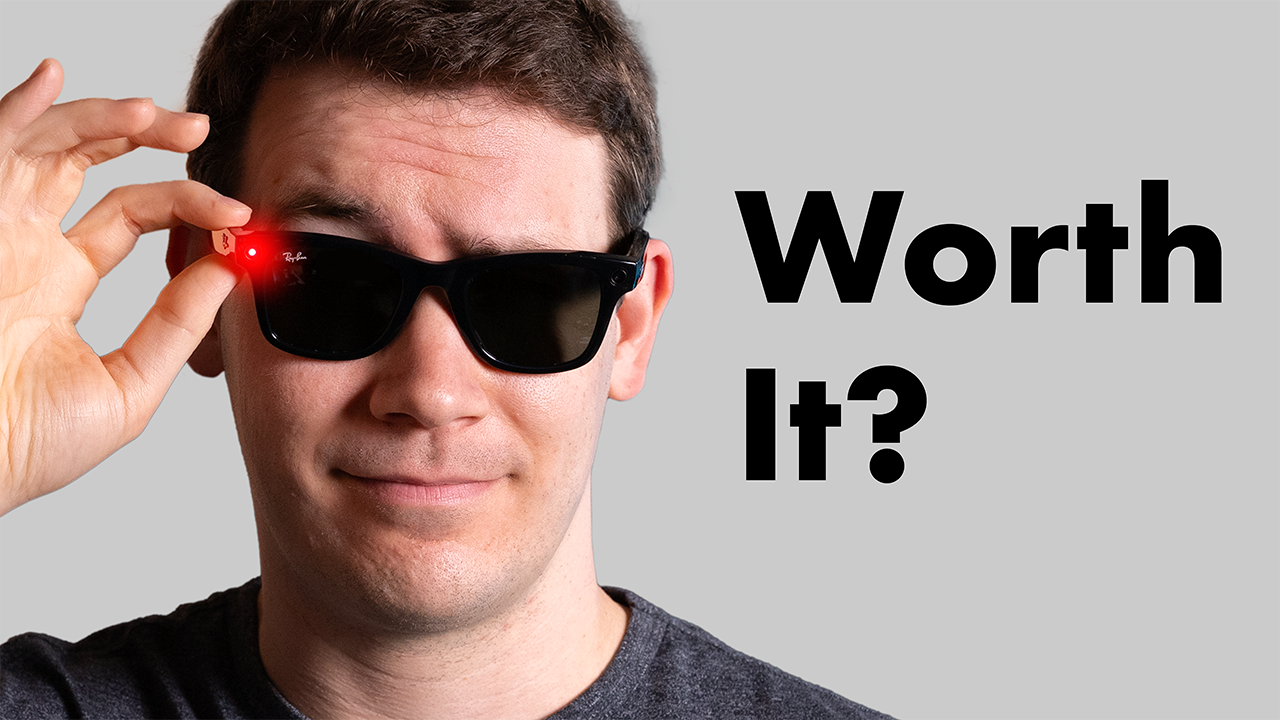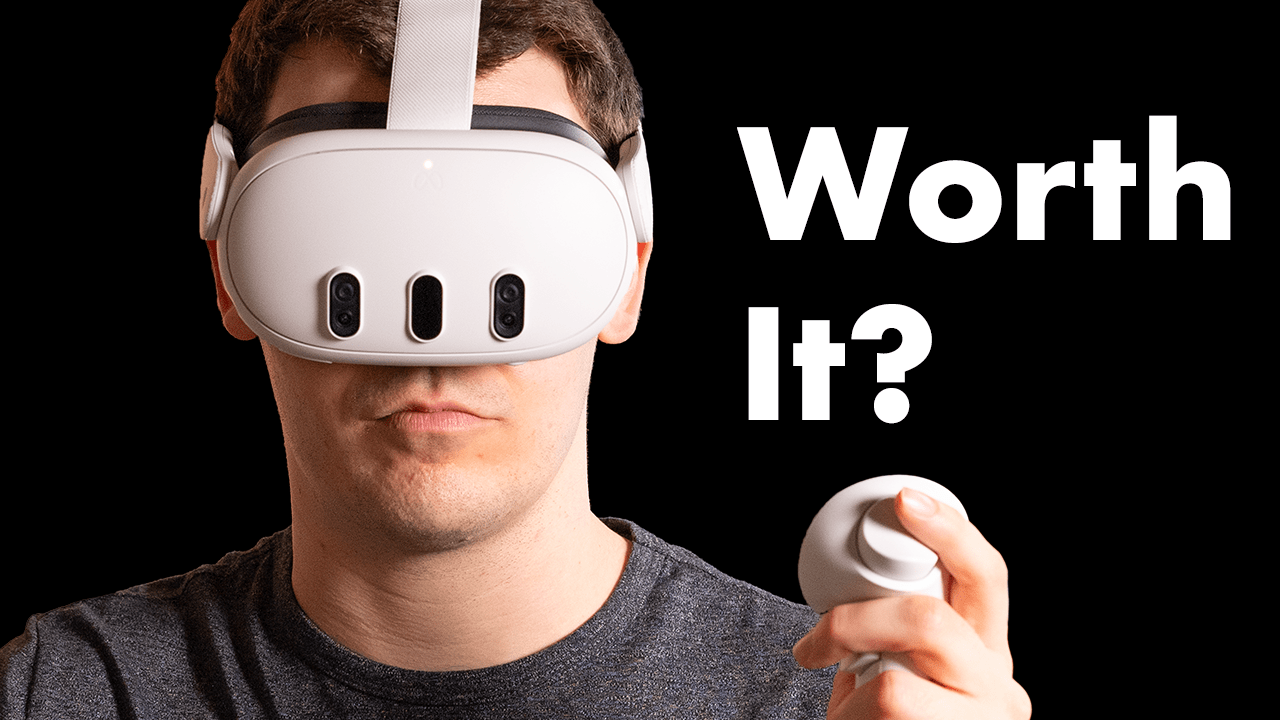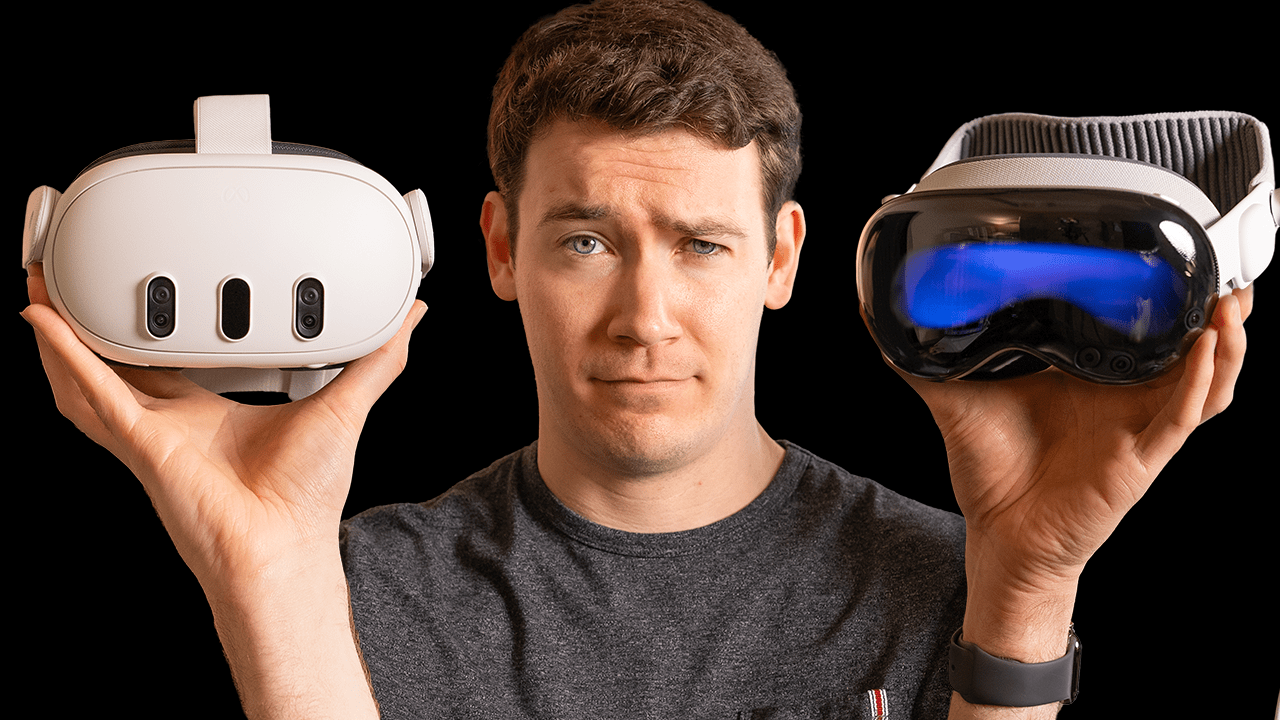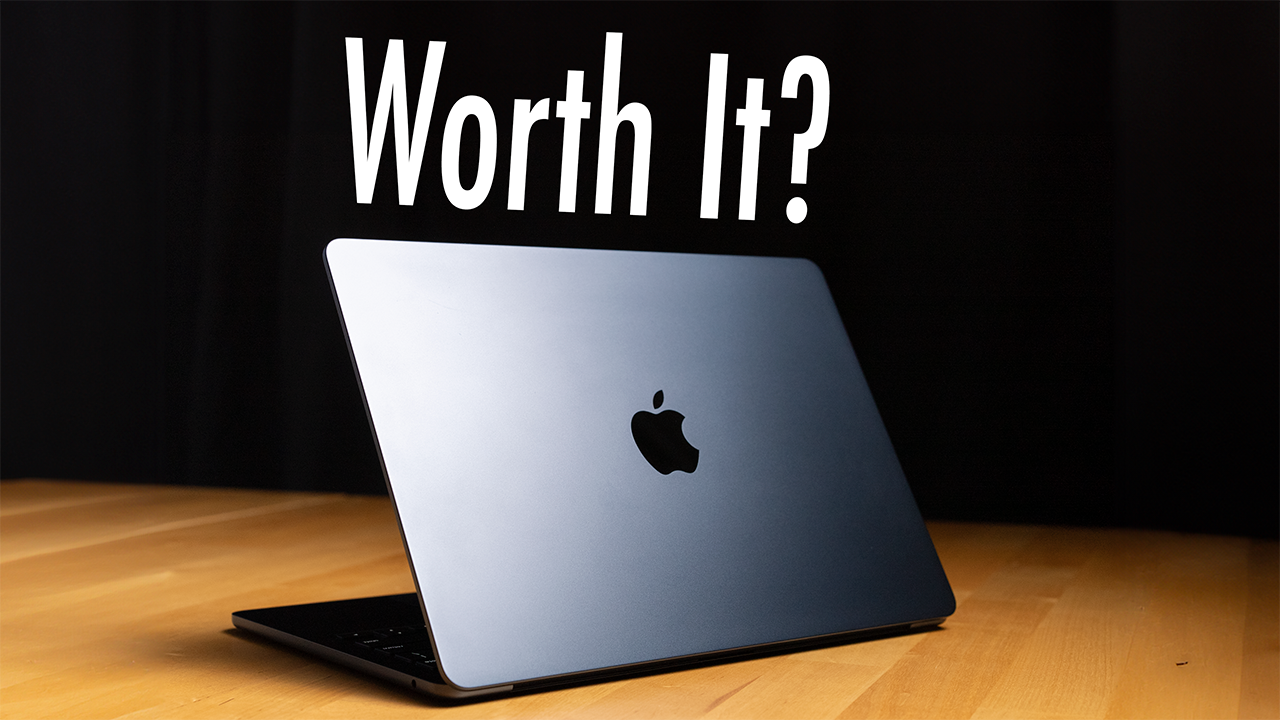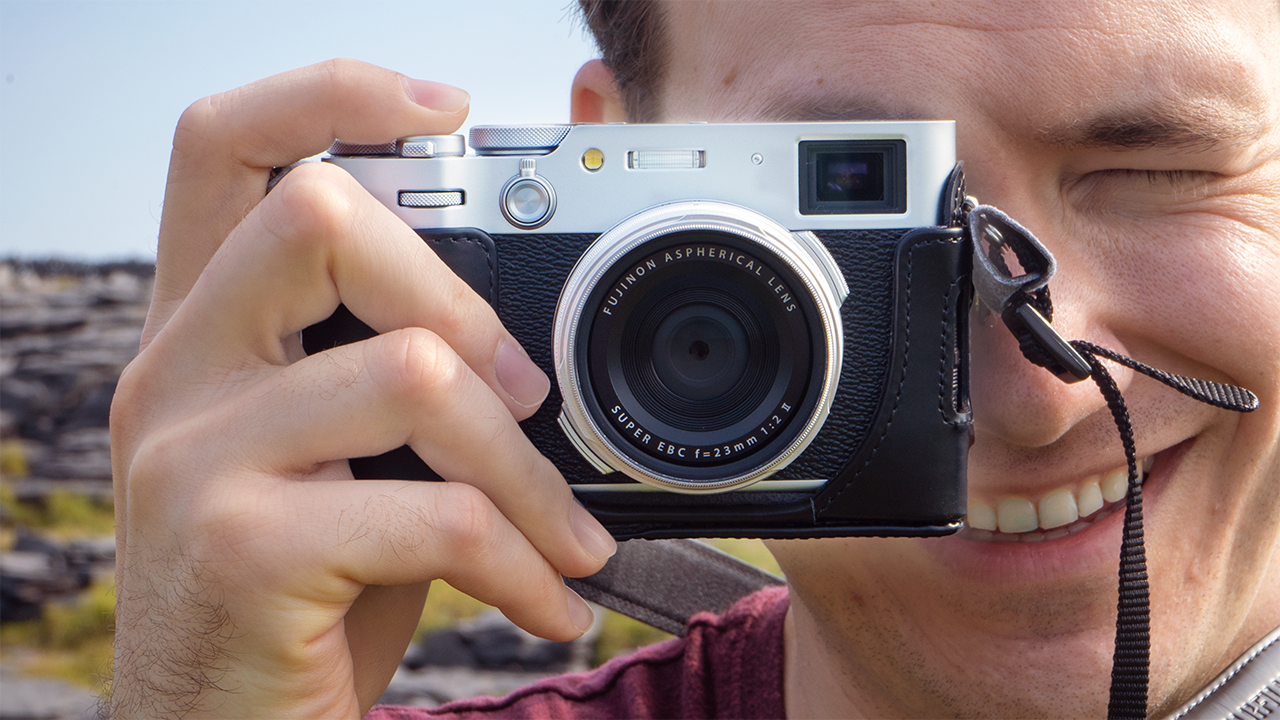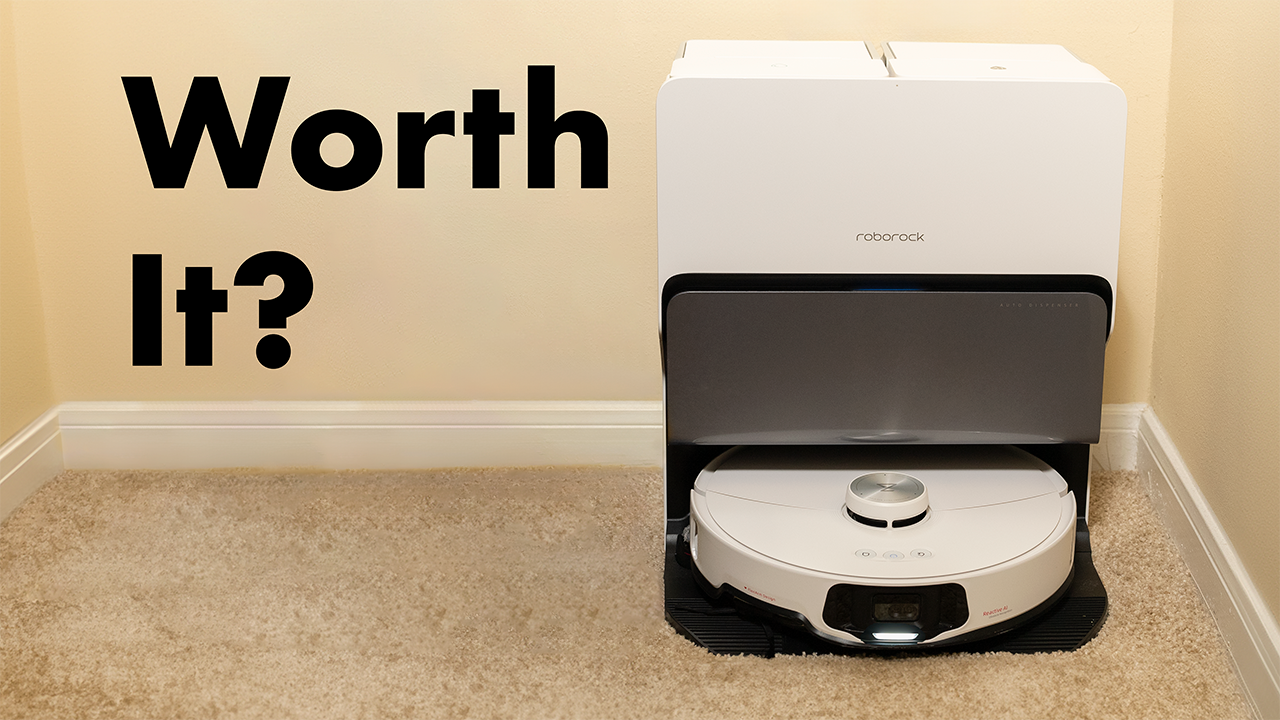Products in this video:

Meta Quest 2 (Affiliate Link)
View all of our favorite products: https://www.amazon.com/shop/6monthslaterreviews
Related videos:
Meta Quest 2 Review
Introduction
The Meta Quest 2, formally known as the Oculus Quest 2, is the most popular wireless VR headset today and one of the most affordable at $299 US dollars. But what exactly do you do with the Quest 2? Once you get one, what are its best features? Are there any downsides with getting a Quest 2? And then does the novelty of the Quest 2’s VR experience…does wear off after six months enough to make it so getting one in the first place isn’t really worth it? Well, I’m gonna answer all of those questions and more. And first, let’s start with that last one. While the novelty with the Quest 2 for me has worn off a bit over the past 6 Months, I’m surprised to say that I’ve been using it about 2-3 times a week over the course of 6 months simply because the Quest 2 offers an immersive experience like no other device I currently own and has a fitness component to it as well which makes playing a game on it a great way to take a break and get that heart rate up.
Immersive Experience
So yes, I do think the Quest 2 has been worth it. Now, what exactly do I mean by an immersive experience? Well for those who are unfamiliar with VR, which stands for virtual reality, when you put on a VR headset, like the Quest 2, its screens will take up your entire field of view.
You can look around, down, up, anywhere you want, and you’re entirely immersed in whatever the Oculus display is showing you. So game characters are now in their true-to-life height, so when Darth Vader, for example, started walking towards me in Vader Immortals, I got this feeling of “Holy S**t, this guy is tall” that I haven’t had in a Star Wars video game before. And picking up a lightsaber in VR and wielding it like a Jedi, it’s as close as I’ve ever felt to what being a Jedi would actually feel like.
Video Recording
Now the Quest records videos by default in 1:1 ratio and not in 4k, plus this footage will often look a bit more shaky because it’s capturing slight hand and head movements, which isn’t how it looks with the headset is on, everything is pretty smooth most of the time, so just keep that in mind as look at this footage I’ve captured.
Audio and Controllers
Now, visuals are only half the story with Quest 2; sound and its controllers make up the other part of the VR experience.
The Quest has speakers built into the headset that emit sound just outside of your ears, so they’re obviously not noise canceling or anything like that, but for what they are, they’re actually pretty decent. It’s decent enough to the point where I haven’t felt the need to rush out and go buy a dedicated set of headphones, which a few companies like Logitech make for the Oculus. The sound on the Oculus isn’t going to produce a ton of bass, but it’s clear and crisp and most importantly, it’s 3D sound.
So, just like spatial audio with Apple devices and 3D sound for Sony’s headsets for the PlayStation 5. The Quest’s 3D audio can make it sound like something is coming up behind you and that specific ability helps keep you even more immersed in what you’re doing on the Quest.
The Quest’s controllers are what allow you to interact with the 3D virtual world you’re immersed in. Whether that’s wielding a lightsaber or picking up objects, with the multiple triggers, buttons and joycons found on each controller, they allow you to do quite a bit. A single AA battery powers each controller
Battery Life
And the battery life has lasted me throughout the six-month testing period. And I’ve only just now started to see notifications in the Quest to replace the controller batteries. And I like that when you have the headset on, it’s easy to check the battery level of your controllers either in settings or by looking down at them with the headset on. The Quest will generate a virtual version of your physical controller with the battery level of each controller displayed on top of it.
Now I did run into an issue with my right controller over the past 6 months after it accidentally slide off my couch onto a hardwood floor and I noticed the battery compartment door developed this creaking noise, which is super annoying when you’re playing. Luckily, there’s an easy fix for that. I just folded up a piece of paper multiple times and wedged it into the battery compartment, and that limited my issue. And speaking of battery life for the Quest 2 headset, it’s rated for two to three hours. And typically, in my testing I’ve seen closer to two hours. And for a gaming device, that battery life may seem a bit short, and when I first used the Quest, I did run out of battery one or two times, but that was mainly because the headset was new, and VR is one of the coolest experiences I’ve ever had with a piece of technology.
Usage Patterns
When I first got this headset, I was using it a ton, but as the weeks went on, I found I was using the Quest 2 in short 30- —to 45-minute bursts. By that point, I’ll likely be at risk of breaking a sweat, tired or just wanting to give my eyes a rest.
Depending on what you’re doing with your headset, like enabling the 120 Hertz option, the headset can run a bit warm, which will cause you to sweat faster. Speaking of sweat, if you’re planning to share your headset with others in your home, make sure you install the rubber standard facial interface on the headset to prevent sweat from seeping into the foam cousins.
Motion Sickness
Now, you can develop motion sickness with this headset and again it all depends on what you’re actually doing with the Quest 2, a bit of advice here though, if you do develop any motion sickness or you feel nauseous with the headset on, immediately take it off. Trust me, you do not want to try to push through, it’ll only get worse, and it’s gonna make you feel nauseous for the rest of the day if you don’t take the headset off immediately, and this is why I will typically stick to experiences with the Quest 2 where I am just standing up, I’m stationary and things like with Beat Saber are just moving at me, I find with those experiences I don’t develop motion sickness versus other experiences where you’re on like a virtual plane or roller coaster or you’re having to turn your head and really move around a space a lot, those are the experiences where I’ve found I get more motion sick.
Comfort
Overall, I’d say the Quest’s headset is pretty okay in terms of comfort. I can put this on for 30 to 45 minutes easily, and it’s perfectly comfortable. Even though this thing actually doesn’t weigh that much, there’s still probably some room to remove some of the weight, which would help with overall comfort, especially if you’re playing for a long time.
Another thing they did to make it even more comfortable for players is to include a glasses spacer that you can insert into the headset. It’s pretty easy to install: You just pull off the headset’s black plastic part, insert the glasses spacer and then put the black plastic headband piece back in.
Setup
Meta did a really good job making Quest 2 easy to set up. When I first put the headset on, I was surprised by how smooth the controllers’ tracking and 3D effects were. The joycons on the controllers were intuitive to use to set up WiFi on the headset, and the controllers overall are very responsive.
Guardian Boundary System
Alright, now the next question I had when I got this headset, and yes, I know it still looks goofy. That’s why I put it back on for your entertainment. The next question I had is, okay. I’m ready to play VR…how do I keep myself from crashing into the TV?
Well, Meta, of course, thought of this and developed the guardian boundary system, which allows you to tell the headset where the floor is and paint the space you want to play in on your floor and boom, you’re good to go. Meta also has recently released a feature that allows you to mark the walls and furniture in your room, but I found that when you do this, it’ll cause the Quest 2 to be a bit laggier than you want. So, I’ve turned that feature off, and I use the room-scale Guardian boundary, which allows you to just move around the space that you select. You also have the option to choose a stationary boundary as well, and you can even mark your real couch to be a part of your Guardian play area, so you’ll be able to find your couch in VR and sit down on it with the headset on, which is pretty useful if you want to do things like browse the game store or watch a YouTube video in VR.
I was also surprised to find out that not only will Quest 2 save your guardian boundary, but if you walk into another room where you have one saved, it’ll bring that one up as well, which is pretty impressive. And it’s easy to get your bearings in your room with passthrough mode. You just double-tap the right part of the headset to turn on the Move’s cameras so you can see around your room.
Main Uses
So that’s a little about how the Quest works, but what have I been using it for over the past six months? Well, I’ve used it mainly for gaming. I found the Quest 2 a great device to get my heart rate up, playing a game like Beat Saber where your controllers become light sabers that you use to slash through boxes timed to music. It gets my heart rate up, is fun, and keeps me returning to the quest every week. Or even the lightsaber dojo mode of Vader Immortal is something I’ll get back into from time to time to test my Jedi skills.
Oculus even has a calorie burn overlay that you can turn on, and when you look up in VR, it’ll tell you how many calories you’ve burned. you can set calorie burn goals in the Oculus Move app & enable notifications to get notified in-game when you’ve hit that goal. And there are a lot of fitness games that allow you to do even more like Super Natural, one of the most popular, which allows you to do boxing, meditation, and a similar saber game to beat saber, , but it costs $20 a month. This is why I’ve stuck with a game like Beat Saber, which still gets my heart rate up. You have to pay to unlock songs with Beat Saber, but there’s no monthly subscription.
Sharing and Casting
The Quest can also be quite fun when you have people over. It’s easy to cast what the person sees on the Quest headset to a Chromecast-enabled TV right from within the Quest’s share menu. Plus, when I’ve been told it’s hilarious to watch me flail my arms around with the headset on. What do you think? Let me know in the comments how ridiculous this looks. Now, it can be shared on an Apple TV or another display using Apple’s Airplay. That’s a bit more involved. you’ll have to cast to your iPhone, and then screen mirror the iPhone through AirPlay to stream the footage on an AirPlay display like my Apple TV. However, I’ve noticed the performance you get on the TV is significantly worse than casting directly from the headset to the TV. I
Downsides
So those are the killer apps that have kept me returning to the Quest over the past 6 Months, but what about the downsides? I’ve found quite a few. First, I was surprised there aren’t that many free trials of games. So, to try a game, you’re typically going to need to purchase it. And then, for whatever reason, if you don’t like it, you can return that game. There are quite a few free games and experiences on the Quest, thankfully, but there are a lot of games that I want to try out, but I’m not sure if I want to plunk down $30 dollars right away. All games are purchased through the Quest store, but because the Quest 2’s OS is a forked version on Android, you can sideload apps onto it through apps like SideQuest.
I’m also surprised Meta hasn’t released a Wii sports bundle-like game with a bunch of different cool sports games to try out in VR. I think that would be really smart.
Another downside with Quest 2 is that you currently still need a Facebook login to use the device. However, the company has recently announced that this will no longer be the case come August 2022, when you’ll be able to sign up for Meta accounts, bypassing Facebook accounts altogether. You’ll be able to create Meta accounts, something that is very difficult to do with these devices being linked to Facebook accounts.
Now, the last downside I found with Quest 2 is actually a downside for all of VR: You’re going to need space to be in VR, which often involves moving furniture if you’re in a semi-cramp apartment. So, depending on how much space you have, this could be a huge deal or no issue at all.
Overall Assessment
So, that’s been my experience with the Quest 2 over the past six months and what I’ve used it for. Overall, I think this is a pretty good product for the money, even for me, where I only play a couple of games on it, Which I should point out isn’t outside the norm for me; I do the exact same thing with my PlayStation 5 and heck, I’ve even spent like $1,300 on a gaming PC just for a single game: Cities Skylines. So, I may be a bit atypical when it comes to the way I game, But Quest 2 over the past six months has kept me coming back time and time again because of the immersive experiences it can give you and no other product on the market today can deliver the experiences the Quest 2 can at this price.
Target Audience
All right, so who do I think this device is for? The Quest 2 is kinda of the next generation of the Nintendo Wii, Playstation Move and Xbox Connect. The Quest 2 is the next generation of that experience, but way more immersive. Now, yes, it’s not as good for multiplayer, with all of the players physically in the same room. Maybe we’ll get there one day, but with VR right now, since each headset costs US$ 299, it’s a bit cost-prohibitive to try and do that.
Future of VR
The Quest 2 is also a great preview of future VR tech & experience. After spending 6 months with the Meta Quest 2, I’m more enthusiastic about VR and its potential than before I got the headset. I think VR will eventually be great in these four categories: Gaming, Fitness, Entertainment, and Social. In the short term today, I think the two killer applications of the Quest are gaming and fitness. And this is likely the area where you’re going to see competing headsets from Apple and Sony come in. Sony’s Playstation VR 2 will likely be gaming-focused, but Apple’s is the one to watch and see if they can do what the Quest 2 does, but better. The only caveat with that headset is it’s likely going to be 3-4x as expensive as the Quest 2. As for social experiences, there’s the Horizons World app that’s free and allows you to hang out with people worldwide and play games. Overall, it’s still very early for that type of experience.
As for entertainment, you can download the YouTube VR app onto the Quest, sit down on your couch and watch YouTube on a virtual big screen, and this was honestly the most surprising thing I found with the Quest 2 and VR in general. This technology isn’t that far off from being able to supplant the big screen experience you get in a movie theater, minus the audience, of course. Watching footage from the Top Gun Maverick trailer on the big screen feels so similar to how the movie felt on the big screen. I think Meta or Apple or whoever else out there is making a headset needs to make a headset that’s a bit lighter and more comfortable to wear for long periods of time, like the duration of a movie or a binge-watch, and then they need to make the headset have a retina display. So the resolution is better, and it actually looks like you’re looking at a 4K screen or better, and then be able to pair that headset with noise canceling over-the-ear headphones that are comfortable and have spatial audio and boom, you’ve got a big screen experience in VR with fantastic surround sound.
Now, if you’ve used a VR headset like the Quest 2 or another headset or you own one, let me know in the comments what you think the future of VR is going to be.
Purchasing Advice
The next generation Quest 3 isn’t expected for at least another year.
Meta is supposed to announce a high-end headset by the end of 2022 that might be called the Quest Pro, with new AR and face-tracking capabilities, new controllers, graphics, and a higher resolution display, but it’ll likely cost more than $1,000 US dollars. If you’ve got the money to spend and want better VR hardware, it might be worth it to wait for this headset to come out, But for the average user I think who’s just looking to get into VR, I think you’re still better off going with a Quest 2.

